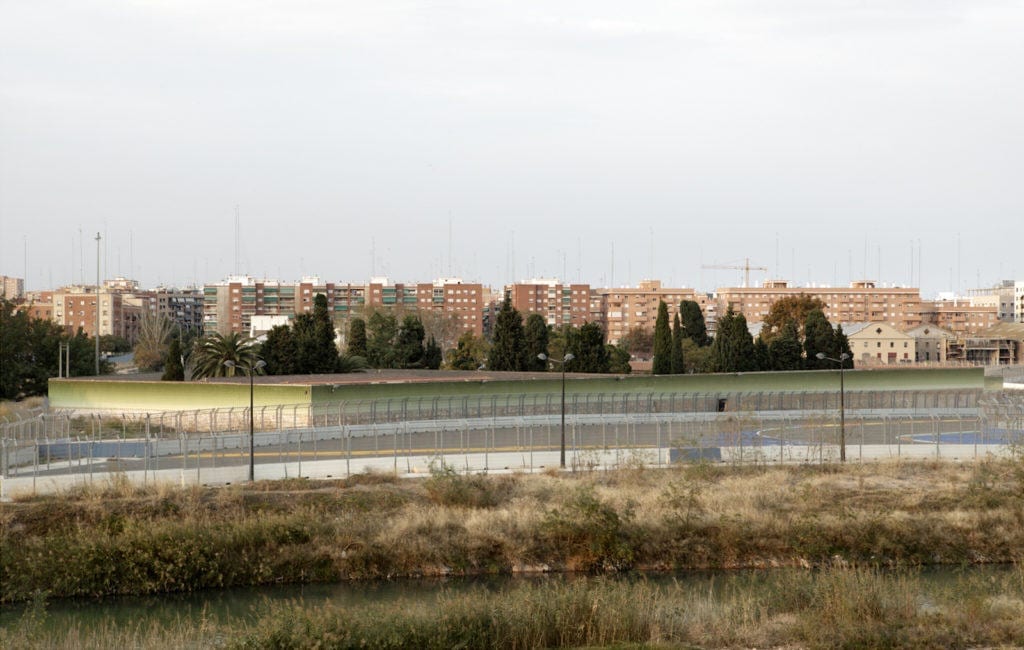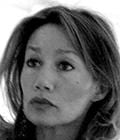







This commission was the perfect excuse to awaken the state of affairs. The project could not be understood without the political, economic and social inventory that was being unveiled in the world, in Spain. The intervention in the Cemetery of the Grao lives a retrospective and permanent process that allows to re-update the image of the city from the present tense. The “here and now” endow it with meaning.
The Cemetery has become a point of convergence of abandoned complexities, because of its function it does fit in the residual landscape to which it belongs. For this reason, because it does not recognise complexity and does not find instruments to describe it and lead it to a rereading within the new context in which it is located, the cemetery has finished materialising its own context as a container of life and death, placed as the final colophon of many of the unfinished processes of the city of Valencia: at the end of the Avenue of France, the cemetery. At the end of the urban actions of the old riverbed, the cemetery, finished with another city – the City Arts and Sciences by Calatrava, as a landscape of windows of communication networks and infrastructures. And at the beginning and at the end of new areas of the city, the cemetery.
Aware of the need for a paradigm shift, the project started by the previous analysis of this “terrain vague” that we face. The first step is to manage the confusion between things that, little by little, have been built without clear objectives, without common benefits and without logical planning. All this led us to a project strategy that allowed us to enter into a system of adapting complexities, accepting reality. This placid acceptance of the reality, in which nothing is intended to hide, but on the contrary, to make visible even the last detail, turns the cemetery into an artifice – once again – one of the international events that hosted the city of Valencia between the years 2008-2012, the Valencia Street Circuit. Grao’s graveyard affects and connotes, once again, everything that comes close to him, forcing the configuration of the so-called “curve of death” of the circuit of Formula 1 of the Valencian Community.
The intervention involves actions of producer-surgeon, entering into the new conditions with productive vision, far from the interpretation and working in its contextualisation. The design of a custom suit that has given the Grao Cemetery the opportunity to be present and reconcile the state of things in its immediate environment, also involving the utopian and the desire of the city, and changing what is now usual: the white wall and the cypress, by new paradigms in the form of green shoots. The cemetery has become a stamp of colour of an instant of hope.
Irregular hexagons 25 cm high and 15cm wide are arranged in nine colors, whose repetition will allow, from a distance, to perceive the wall as one strip more in the diversity of layers that have built the territory of the Grao of Valencia.
Valencia City Council
Inés García Clariana
Enrico Cavallo
Shunichiro Higashi
Mónica Ibáñez
Mariela Apollonio
Calle Poeta Sanmartín Aguirre, s/n